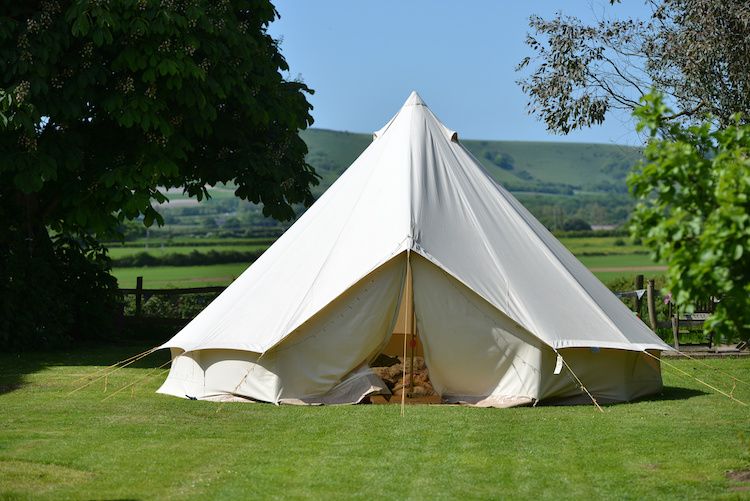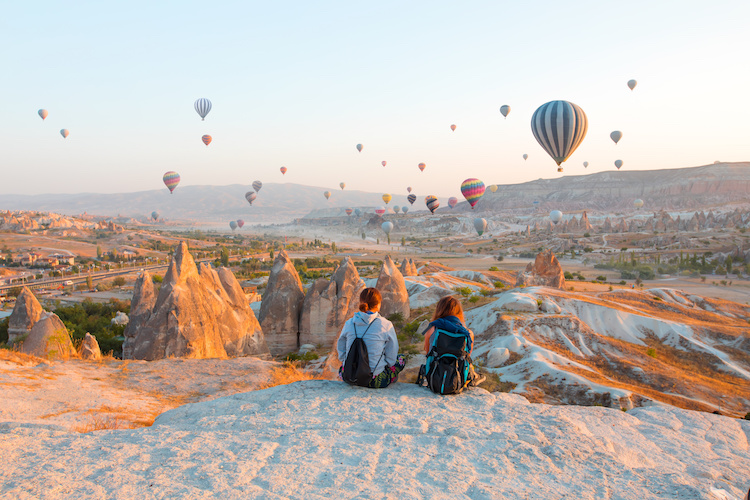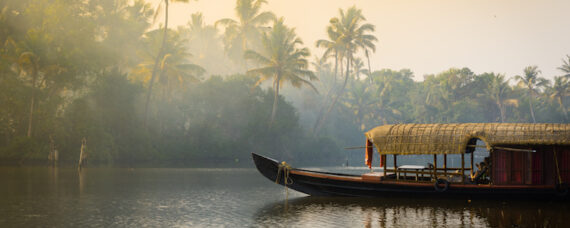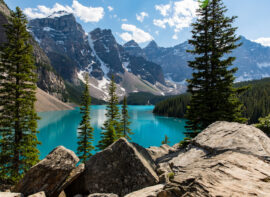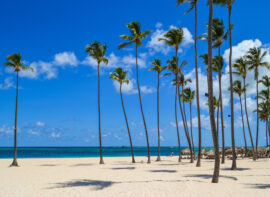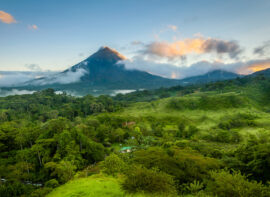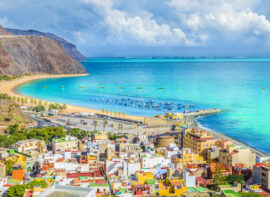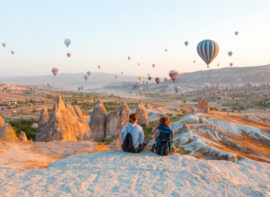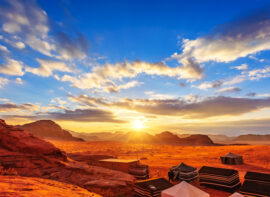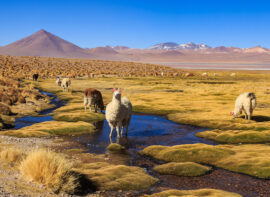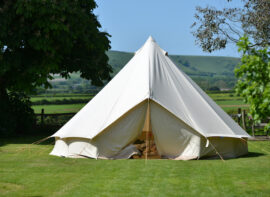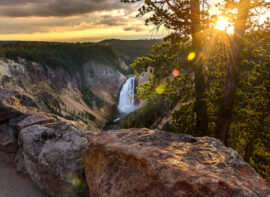There were other accounts of luxurious camps being set up dating farther back, but the idea of modern-day glamping started in the 1920s. This is when an influx of American and European tourists flocked Africa for its scenic landscapes, mountains, rivers, desert, safaris, and just about everything in between.
The only problem was that luxury hotels are nowhere near the places that the rich tourists wanted to explore and enjoy, and the safari tents pitched in the middle of nowhere are not as comfy and as homey as the tourists wanted them to be.
So, African tour guides and accommodation operators did the only reasonable thing, and decided to give the tourists what they wanted: comfy beds and dressing tables.
Soon enough, the demand for these luxury fittings grew, and the safari tents were made sturdier and more spacious, and more hotel and home fittings were added into them. The modern comforts offered by these new types of lodging options marked the beginning of glamping.
It may have taken more than a few decades, but glamping became an international travel and holiday sensation around 2010.



